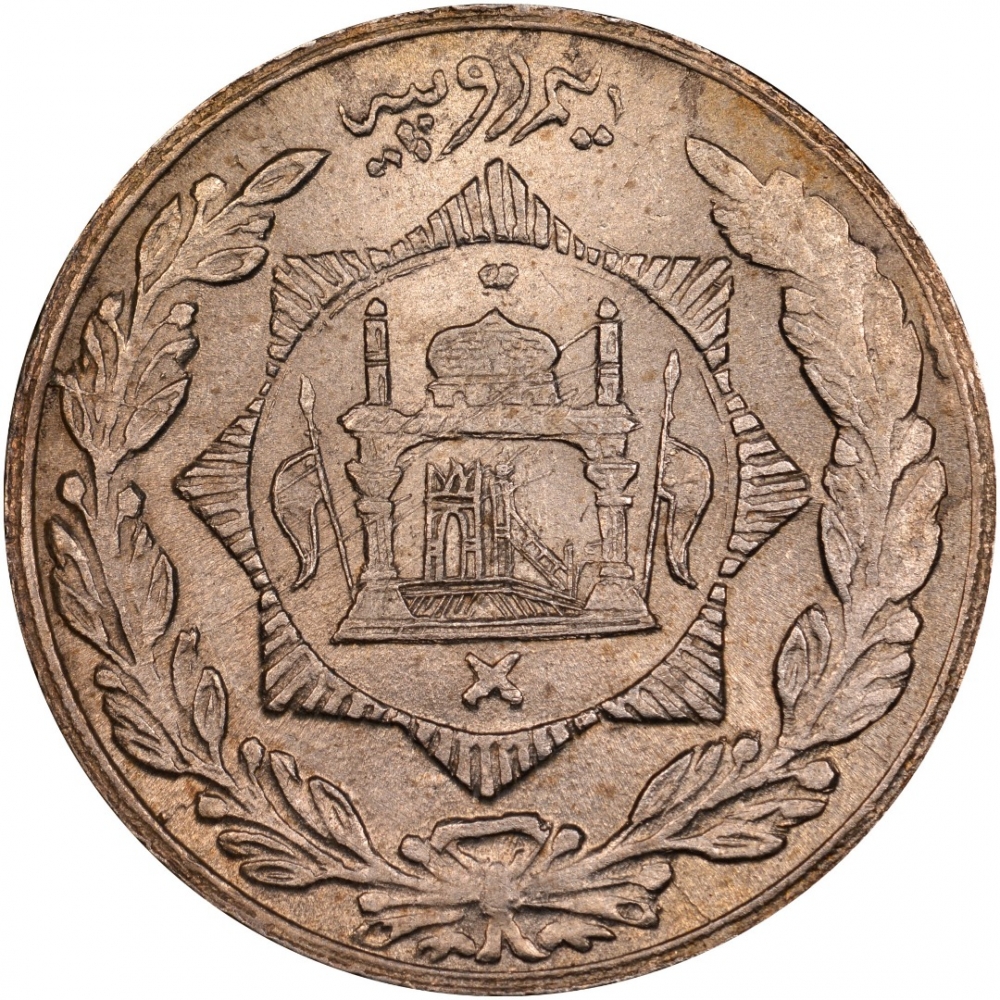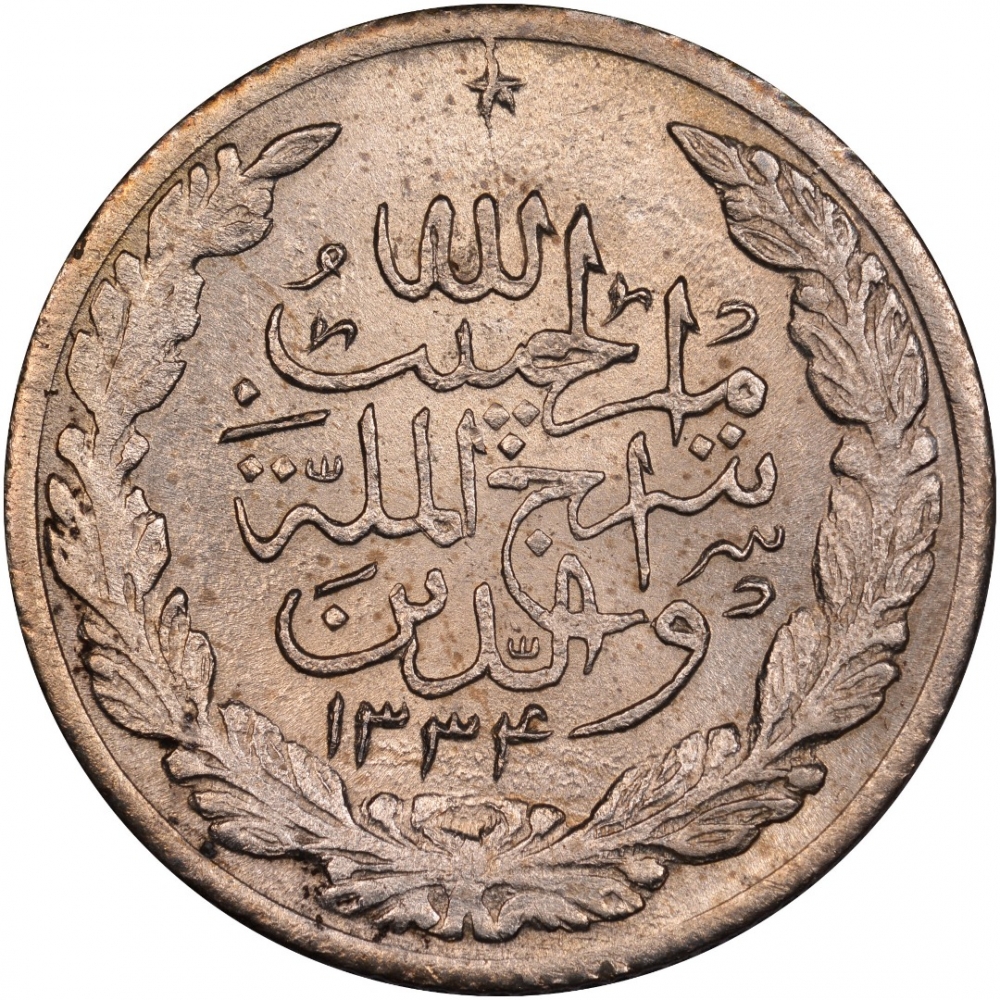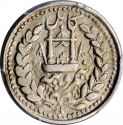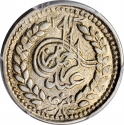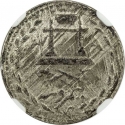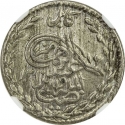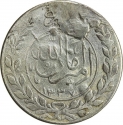You are about to finish your registration. Please check your mailbox (including spam folder). There should be a letter with a confirmation link. Check setting to make sure that your e-mail address is correct.
Send letter againDescription
Habibullah Khan (1872–1919) was the Emir of Afghanistan from 1901 until his assassination in 1919. He succeeded his father, Emir Abdur Rahman Khan, and was known for his efforts to modernize Afghanistan by introducing modern medicine, technology, and progressive legal reforms. Habibullah established the Habibia school and a military academy, and attempted to dismantle his father's oppressive intelligence system. Despite his reformist agenda, his reign faced challenges, including the Khost rebellion in 1912 and pressure from international forces during World War I, where he maintained Afghan neutrality. On the night of 19 February 1919, while in his winter quarters in Jalalabad, an assassin managed to avoid the Amir's bodyguards and shot him through the ear at very close range, killing him. This led to a brief succession by his brother Nasrullah Khan, who was quickly overthrown by Habibullah's son, Amanullah Khan.
Obverse

|
Depicts the emblem of the Emirate of Afghanistan, denomination in Persian letters above. نیم روپیه |
|---|---|
Reverse

|
Depicts Habibullah Khan's name, Amir of Afghanistan with his title Siraj al-Din wal-Millah "A great lamp of the religion", the date of accession in Lunar Hijri below surrounded by a wreath tied with ribbon below, a five-pointed star at the top. ★ |
| Edge |
